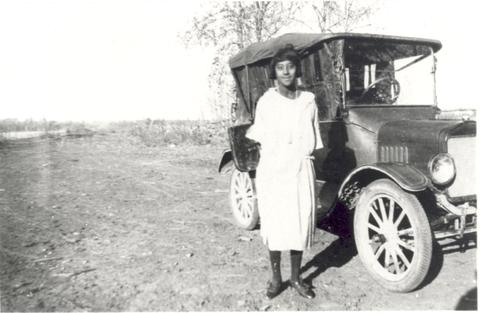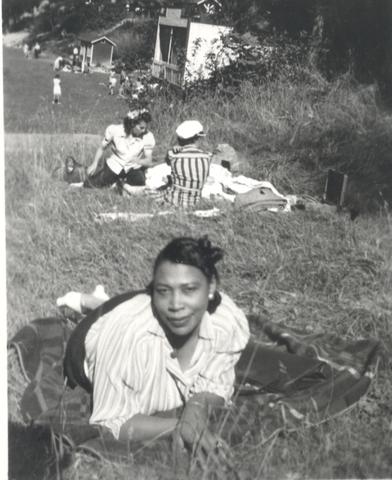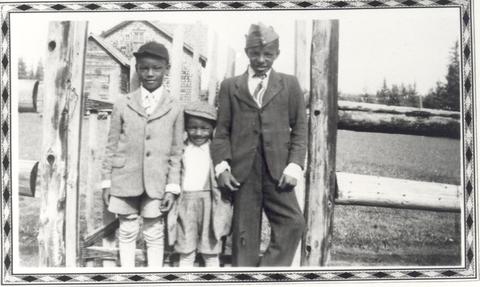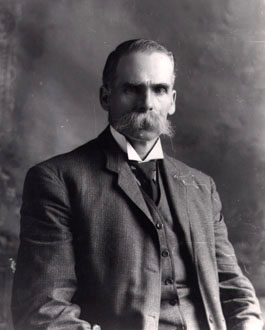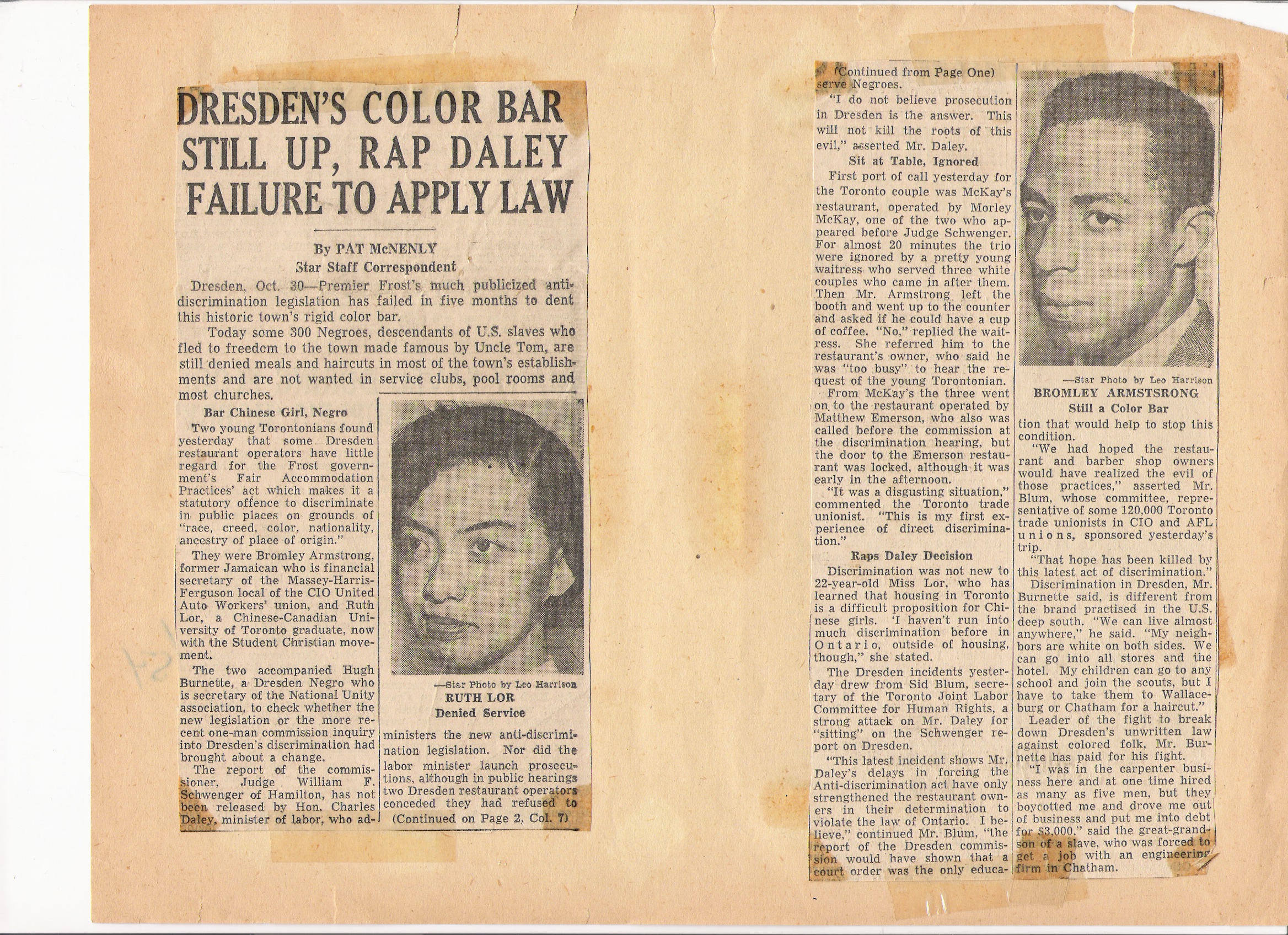Order-in-Council P.C. 1324 was approved on 12 August 1911 by the Cabinet of Prime Minister Sir Wilfrid Laurier. The purpose of the order was to ban Black persons from entering Canada for a period of one year because, it read, “the Negro race…is deemed unsuitable to the climate and requirements of Canada.” The order-in-council was the culmination of what researcher R. Bruce Shepard has called Canada’s “campaign of diplomatic racism.” Though the order never became law, the actions of government officials made it clear that Black immigrants were not wanted in Canada (see Immigration).

Canadian Immigration Policy
The Canadian government encouraged a great wave of western colonization and immigration during the late 19th and early 20th centuries. However, a number of exclusionary immigration policies were in place during this period (see Chinese Head Tax, Komagata Maru, Restriction of Japanese Immigration), most of which were developed in response to prejudiced public opinion. In addition, the interior ministry (in charge of immigration) prioritized incoming groups by ethnicity, and in descending preference. On top of the list were Brits and Americans, followed by northern and central Europeans. Jews, people from Asia, Roma people and Black persons were at the bottom of the list.
Anti-Black Racism and Violence in Oklahoma
After Oklahoma joined the United States in 1907, state laws were set in place that trampled Black Americans’ basic rights and freedoms. Black Americans were denied the right to vote, refused entry to certain public places and segregated to separate schools.
Though exact numbers are uncertain, an estimated 30 Black Oklahomans were lynched — murdered by mobs of White supremacists — between 1907 and 1930. Many of these murders were committed between 1908 and 1916. One particular case sent shock waves through the local Black community and press, the 25 March 1911 lynching of Laura Nelson and her 13-year-old son, L.D. After their arrest for the murder of a deputy sheriff, Laura and L.D. were taken to Okemah jail, where a mob took them from their cells and hanged them from a bridge. Photographs were taken on scene, depicting a crowd of onlookers perched above the mother and son.
Events such as this caused many Black families to consider immigrating to Canada. During this period, the Canadian government advertised land in the West to prospective American immigrants. This included many such advertisements placed in Black newspapers in Oklahoma.
Black Immigration to the Prairies
Though the exact number of Black immigrants during this period is not known, about 1,500 Black Americans immigrated to Canada between roughly 1905 and 1912, arriving mainly from Oklahoma and settling in Saskatchewan and Alberta. In comparison, it is estimated that hundreds of thousands of American farmers immigrated to Canada between about 1900 and the start of the First World War.
Small communities of Black settlers were established in Alberta, such as Junkins (now Wildwood) and Campsie (near Barrhead), while larger settlements were established in Keystone (now Breton), and Amber Valley (situated just east of Athabasca). At least two communities were established in Saskatchewan, including Eldon (just north of Maidstone, on the North Saskatchewan River) and another near Rosetown. Many other Black immigrants chose to live in cities; namely in Edmonton, where approximately 200 to 300 Black people lived by 1911.
DID YOU KNOW?
Visual artist Deanna Bowen is a descendant of the settlers of Amber Valley and Campsie, Alberta. Her grandparents fled the United States after Jim Crow (segregation) legislation was created there in the late 19th century. Her family history informs much of Bowen’s art, including the tension between racism in Canada and the United States (and an inquiry into Canada’s denial of its own history of antagonism towards Black immigrants).
Anti-Black Racism in Canada
Though few Black immigrants entered the country, Canadians reacted to those who did with racial prejudice (see Anti-Black Racism in Canada). They also demanded that authorities stop further Black immigration. On 31 March 1911, the Edmonton chapter of the Imperial Order Daughters of the Empire, an imperialist women’s group, petitioned the minister of the interior. “We view with alarm the continuous and rapid influx of Negro settlers,” they wrote. “[This] immigration will have the immediate effect of… discouraging white settlement in the vicinity of the Negro farms and will depreciate the value of all holdings within such areas.” The Edmonton Board of Trade submitted a similarly worded petition on 25 April, which was echoed by boards of trade across the West. On 3 April 1911, a Member of Parliament from Ontario, William Thoburn, rose in the House of Commons to ask whether the government would prefer “to preserve for the sons of Canada, the lands they propose to give to n—ers.”
Canadians who wanted to stop Black immigration argued that Black persons would not adapt to Canada’s cold climate or that racial conflict in the United States would be replicated in Canada.
DID YOU KNOW?
Acclaimed author Esi Edugyan’s first novel, The Second Life of Samuel Tyne (2004), depicts life in a fictionalized town that is based on Amber Valley, Alberta, and settlements like it such as Campsie, Wildwood and Breton. The book’s protagonist, Samuel, witnesses and is victim to incidents of racism and violence in the mid-1950s.
Barring Black Immigrants
Canadian immigration authorities attempted to stop the arrival of Black immigrants from the United States by limiting their access to immigration material and by submitting them to tough medical exams at the border. They even bribed certain medical officials, writes researcher R. Bruce Shepard. When those measures did not work, immigration officials sent two agents to Oklahoma, whose job was to dissuade Black Americans from immigrating. Both agents (one of whom was a doctor) went from town to town and employed many of the same tactics: they told Black Americans that crossing the border would be a difficult and even debasing experience; that once in Canada, they would encounter the same racial prejudice as in America; that Canadian lands were difficult to maintain; and, that the cold Canadian climate would adversely affect their health.
Border agents also treated Black immigrants unfairly. They denied certificates that verified a Black person’s status as farmer (immigration officials considered farmers as ideal settlers) and refused to provide Black immigrants with certificates that would reduce their train fare (settlers were offered a reduced rate).
DR. G.W. MILLEROne of agents that the Government of Canada sent to discourage Black Oklahomans from immigrating to Canada was G.W. Miller. He was a Black American doctor from Chicago.
The Canadian government first hired Miller to report on Black settlements in Western Canada. In the summer of 1911, he toured Oklahoma. Miller’s daily reports describe the prospective Black settlers he spoke to, recording their names, occupations, the size of their families, and the amount of land and livestock they owned. Miller also noted the specific subjects they spoke about. He would tell these people that he had gone to Canada in hopes of settling and practising medicine there, but found the land and climate inhospitable. He would also tell many of them that the Black American settlers he met in Canada advised him to go to Oklahoma instead. In his reports, he ended each account by assessing whether he thought he had successfully dissuaded these families from going to Canada.
Miller’s reports show that he received support from religious leaders and prominent members of the Black Oklahoman communities he visited. These community leaders often shared his views on Black immigration to Canada. They helped him secure venues to deliver lectures about Canada and helped publish his speeches in community newspapers.
On 17 July 1911, Miller wrote, “The Canadian boom is rapidly dying out, as the unfavorable reports relative to Canada seem to have spread over the entire state. Everywhere I go people say they have heard of me and of the unfavorable report of Canada. Many want me to locate in their respective towns.”
Order-in-Council P.C. 1324: “Deemed Unsuitable”
The Liberal government of Sir Wilfrid Laurier was susceptible to racist public opinion. What’s more, Minister of the Interior Frank Oliver was also Member of Parliament for Edmonton. In April 1911, his constituents (in the Edmonton Board of Trade) wrote to Ottawa of “the serious menace to the future welfare of a large portion of western Canada, by reason of the alarming influx of Negro settlers.”
On 12 August 1911, Cabinet approved Order-in-Council P.C. 1911-1324, which read:
For a period of one year from and after the date hereof the landing in Canada shall be and the same is prohibited of any immigrants belonging to the Negro race, which race is deemed unsuitable to the climate and requirements of Canada.
Laurier’s signature is written below. The order was recommended by Oliver as early as May 1911. However, the government did not want to tarnish relations with the United States or alienate Black Canadians during an election year and so they did not officially invoke the order or include the ban in the Immigration Act. By fall, the tactics employed by immigration officials and their agents had slowed Black immigration. On 5 October 1911, Cabinet repealed the order, under the pretext that the minister of the interior had not been present when it was considered and approved in August.
Significance
Though Order-in-Council P.C. 1324 was repealed and never went into effect, the actions of government and the public made it clear that Black immigrants were not welcome or wanted in Canada. When compared with policies encouraging immigration from other ethnic groups to Western Canada during this period (see Ukrainian Canadians, German Canadians), the discriminatory nature of the order-in-council is clear. Canada’s immigration history is uneven, some of its practices were selective and discriminatory (see Komagata Maru, Chinese Head Tax, Restrictions to Japanese Immigration, MS St. Louis), while others demonstrated a willingness to welcome and include peoples from abroad.
It is common to compare the historic treatment of Black persons in Canada to the United States. Stories such as this demonstrate that public and official opinion were as prejudiced and discriminatory in Canada.
See also Immigration and Racism, Immigration Detention.

 Share on Facebook
Share on Facebook Share on X
Share on X Share by Email
Share by Email Share on Google Classroom
Share on Google Classroom

